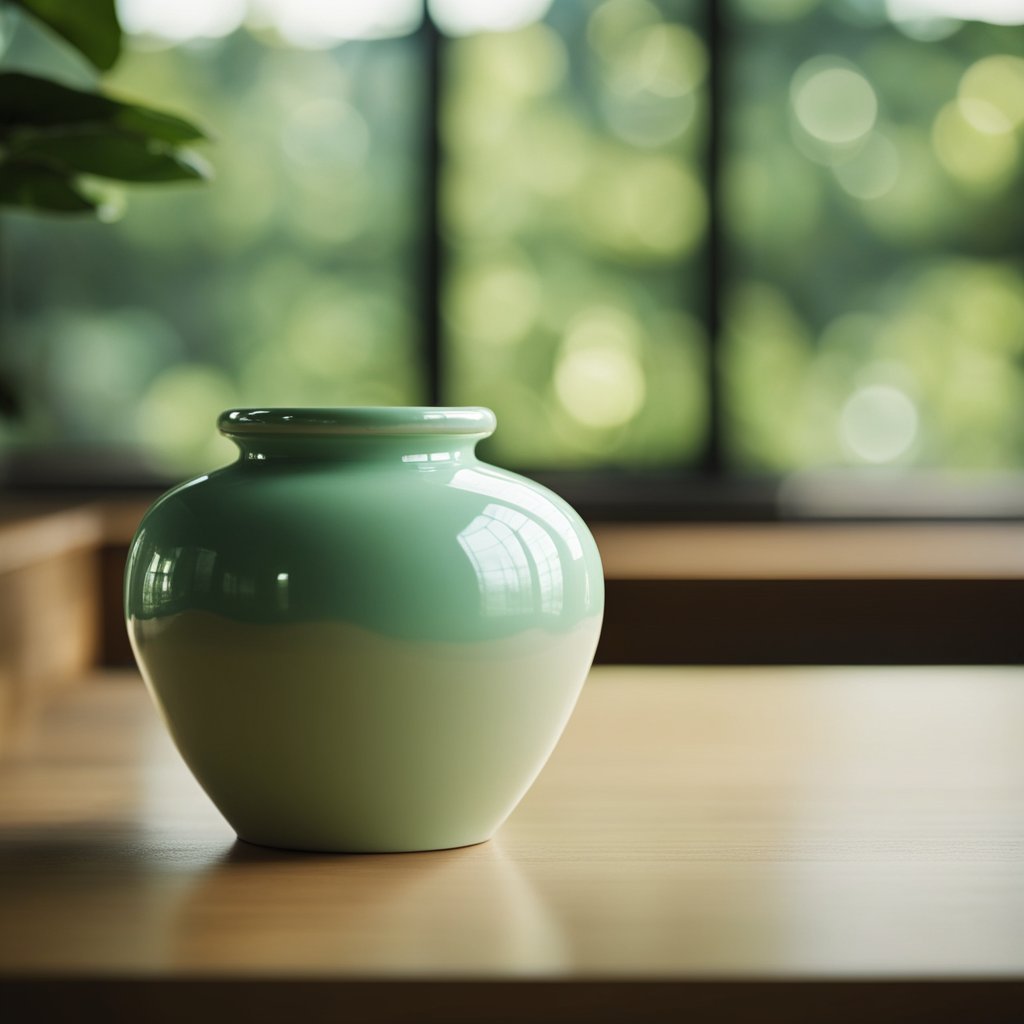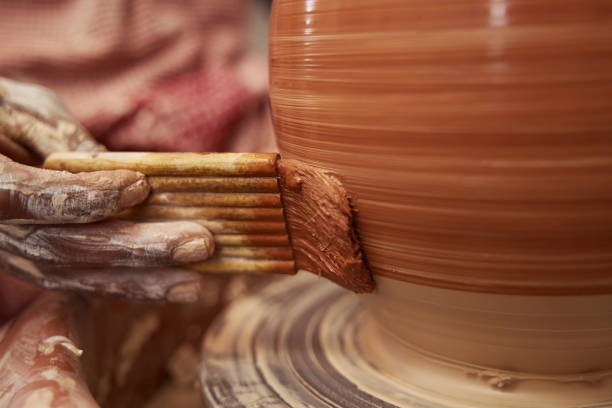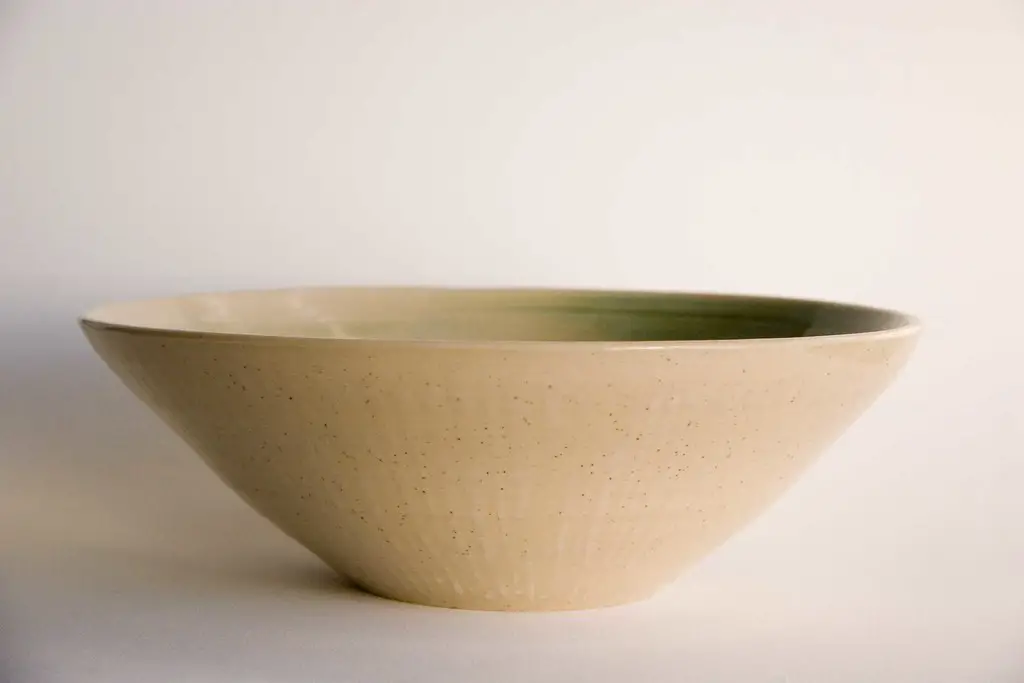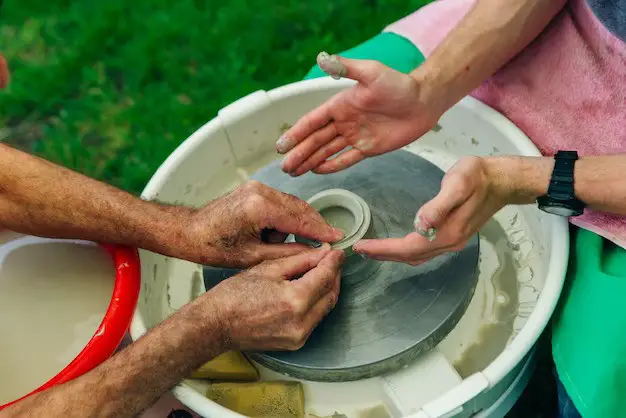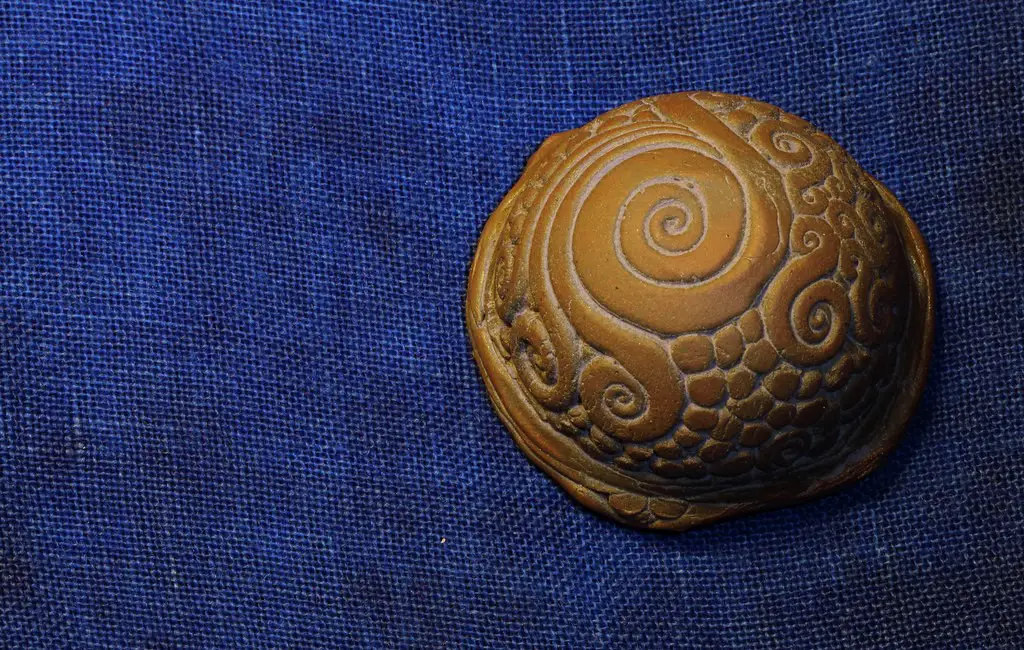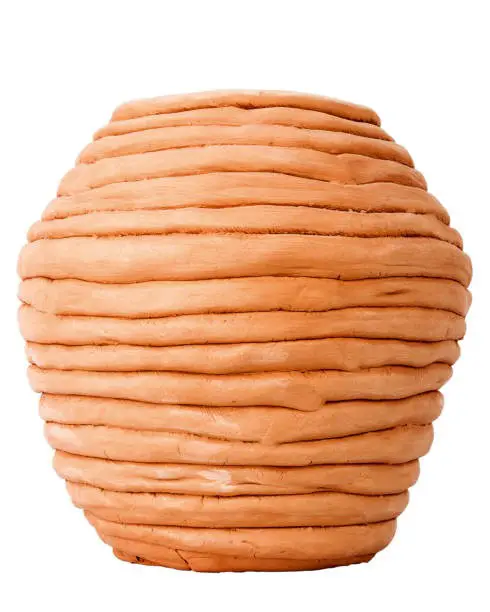For quite a while, there has been a little misunderstanding between the types of clay we have. Some people confuse white clay and stoneware clay while some pottery “activists” believe black clay is more or less like earthenware clay, some even say it is refurbished terracotta meanwhile it is not so. In this article, I will be discussing the obvious differences between white and black clay.

WHAT IS BLACK CLAY?
Black Clay is also known as Barro negro pottery. This is a style of pottery from Mexico, Oaxaca to be precise. It is distinguished by its color, sheen and unique designs. Oaxaca is one of few states in Mexico characterized by the continuance of its ancestral crafts, which are still used in everyday life. Black clay is one of several pottery traditions in Oaxaca, which also includes the glazed green pieces of Santa María Atzompa, however black clay is one of the most identified pieces in the state.
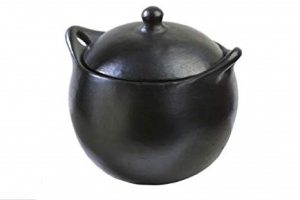 The color of “black clay” is due to the properties of the clay and is not colored. The earth used to extract the clay is cleaned to remove impurities, which can take a month of soaking and settling out the clay from the rest of the soil. After this process, each piece takes about twenty days to complete. Many objects can be made from black clay including pots, whistles, flutes, bells, masks, lamps, animal figures with most being of a decorative nature and not for the storage of food and water.
The color of “black clay” is due to the properties of the clay and is not colored. The earth used to extract the clay is cleaned to remove impurities, which can take a month of soaking and settling out the clay from the rest of the soil. After this process, each piece takes about twenty days to complete. Many objects can be made from black clay including pots, whistles, flutes, bells, masks, lamps, animal figures with most being of a decorative nature and not for the storage of food and water.
Traditionally, black clay is molded on plates balanced on rocks so that they can be spun by hand. Modern potters’ tools like electric pottery wheels are not used. Large pieces, such as Cantaros are created from the bottom up then adding clay as the piece grows. After it is shaped, the pieces are set to dry in a well-insulated room to protect them from sudden changes in temperature.
WHAT IS WHITE CLAY?
It will interest you to know that white clay is also known as Kaolin. White Clay is a very fine, soft and light powder with naturally absorbent properties. Rocks that are rich in kaolinite are known as kaolin or china clay. White Clay has a low shrink-swell capacity and a low cation-exchange capacity (1–15 meq/100 g). It is a soft, earthy, usually white, mineral (dioctahedral phyllosilicate clay), produced by the chemical weathering of aluminum silicate minerals like feldspar. White clay is an essential ingredient in the manufacture of china and porcelain and is widely used in the making of paper, rubber, paint, and many other products
White clay is a type of clay found in nature. It can also be made in a laboratory. Apart from pottery uses, people use it to make medicine. When white clay is mixed with water in the range of 20 to 35 percent, it becomes plastic (it can be molded into different objects while the clay is under pressure), and the shape is retained after the pressure is removed. With larger percentages of water, the kaolin forms a slurry or watery suspension.
As earlier said, white clay is essential in the manufacture of whiteware. Kaolin is usually mixed with approximately equal amounts of silica and feldspar and a smaller amount of a plastic light-burning clay known as ball clay. These components are necessary to obtain the proper properties of plasticity, shrinkage, vitrification, etc., for forming and firing the ware. To better understand what white clay is, I will recommend you order yours by clicking here.
DIFFERENCES BETWEEN BLACK CLAY AND WHITE CLAY
| BLACK CLAY | WHITE CLAY |
| Mostly found in Oaxaca | Mostly found in China |
| Also known as Barro Negro Pottery | Also known as Kaolin |
Of course, you can artificially imitate the black clay look using a variety of methods such as mason stain. If you have black clay and don’t know WHAT makes the clay black, you should try to figure out where it was supplied from. The clay supplier will have that information. Most likely, it contains a fairly large amount of oxides, mostly manganese dioxide. If you want a black exterior you might want to try making a slip from the clay you are using for the wares and color it with 10 – 15% stain. This would be cheaper than coloring all of the clay.
I haven’t used black clay but I’ve read that it can be more toxic than other clays. You might prefer ceramic body stains to make the clay black rather than oxides. Manganese is (unfortunately) the “go-to” colorant for black clay bodies.
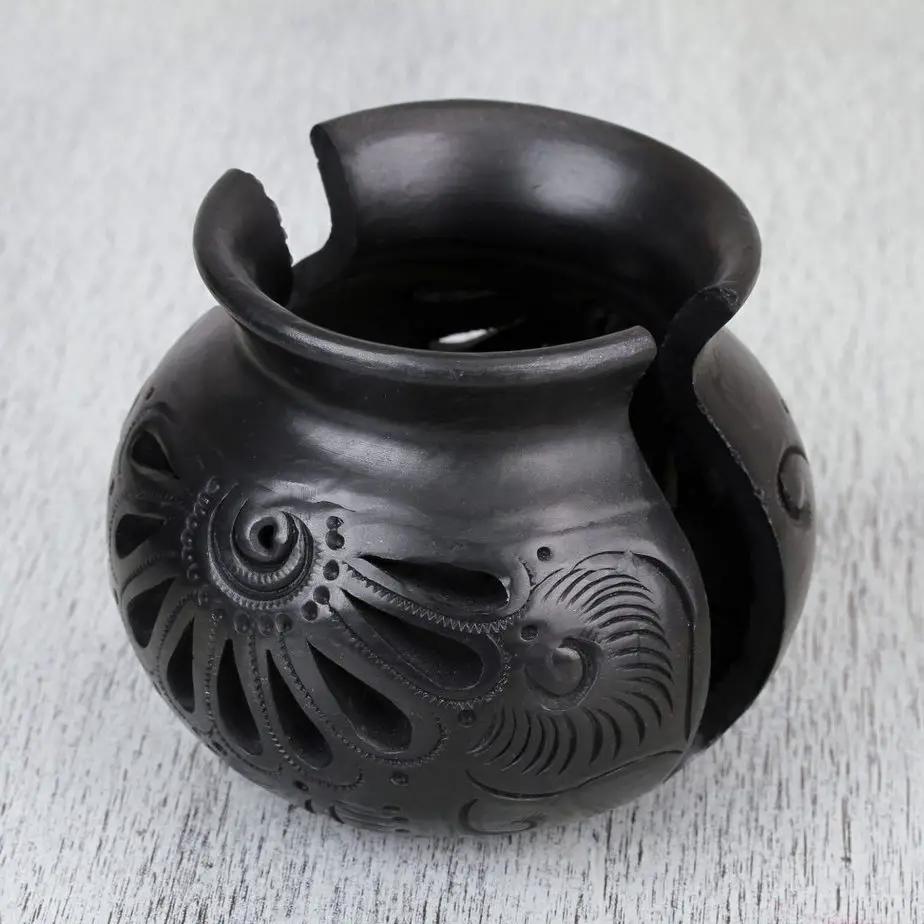
White clay is abundant and can be found worldwide. Most people in ceramics are familiar with working with it. Kaolin, or white clay, is an essential ingredient in the manufacture of china and porcelain. Typically, white clays are used for porcelain, and are generally of lower plasticity and are shorter than many other pottery clays. They wet very quickly, meaning that small changes in the content of water can produce large changes in workability.
Thus, the range of water content within which these clays can be worked is very narrow and the loss or gain of water during storage and throwing or forming must be carefully controlled to keep the clay from becoming too wet or too dry to manipulate. White clay appeals to those in ceramics, because there’s an absence of any iron, alkalis, or alkaline piles of earth in the molecular structure of kaolinite, making it more desirable, and manageable.
 In general, white clay is a “primary” clay. This means it is being mined where it was formed rather than transported downstream to settle somewhere else. And the rock from which it was formed had a low iron content. All other clays are secondary clays meaning they have moved through erosion and settled somewhere downstream.
In general, white clay is a “primary” clay. This means it is being mined where it was formed rather than transported downstream to settle somewhere else. And the rock from which it was formed had a low iron content. All other clays are secondary clays meaning they have moved through erosion and settled somewhere downstream.
Most black clays have a great deal of manganese and other minerals added. Other clays that look black don’t fire black, they are that color because of high amounts of carbon-based organic compounds. Naturally black clay from Mexico is high in Mg and Fe and other metals.



